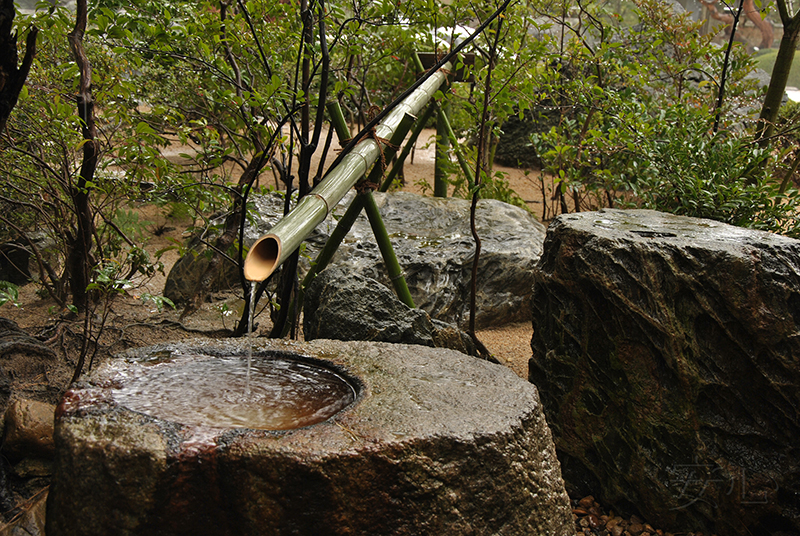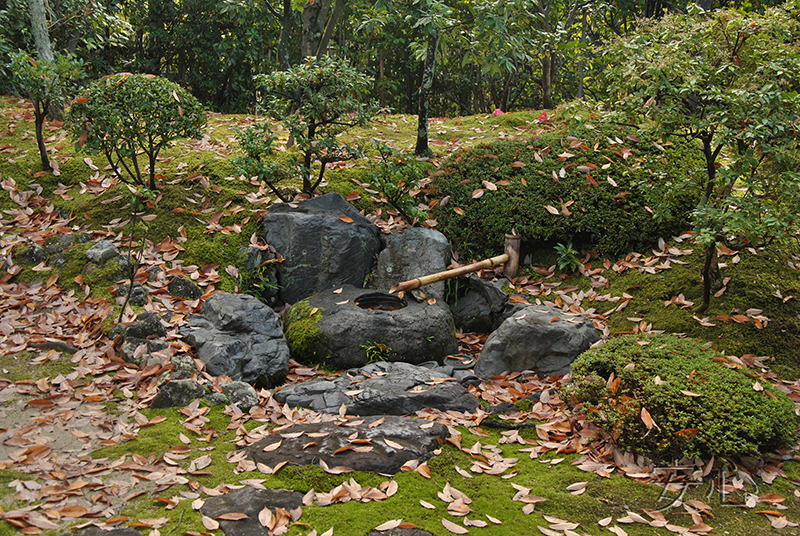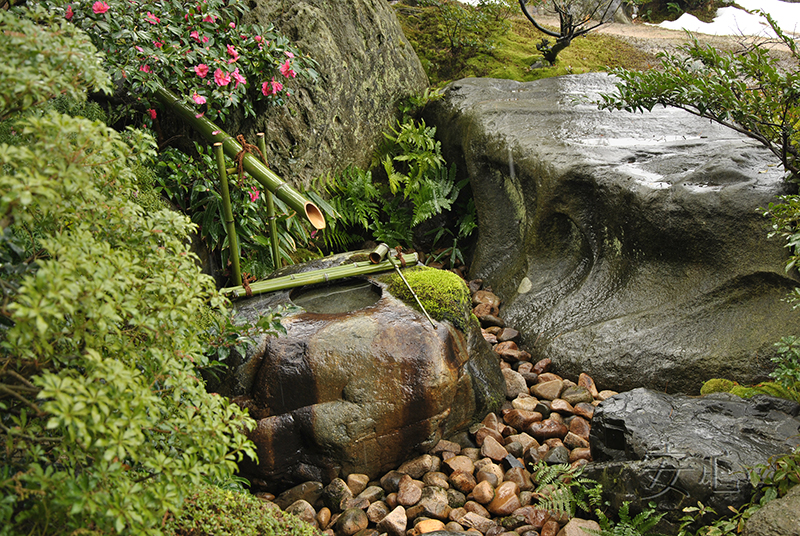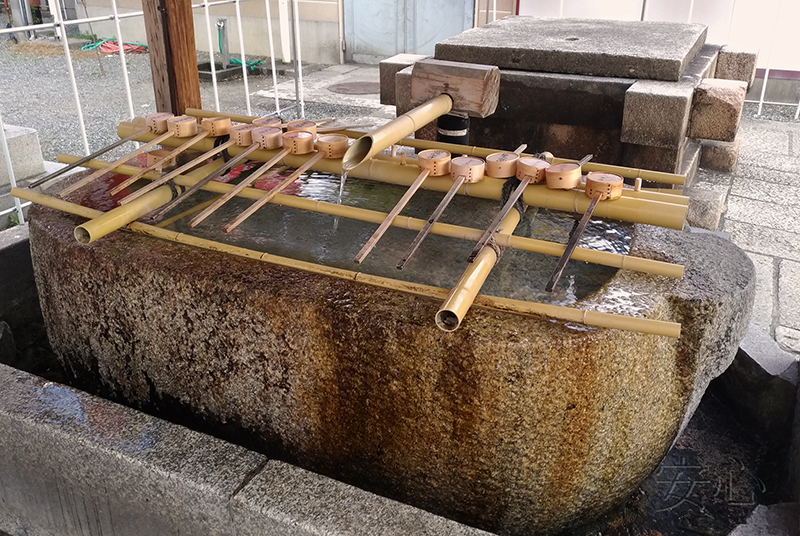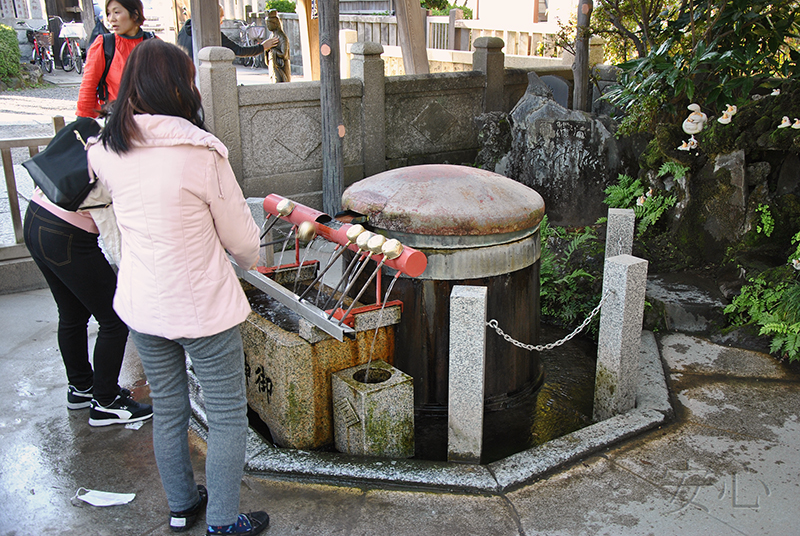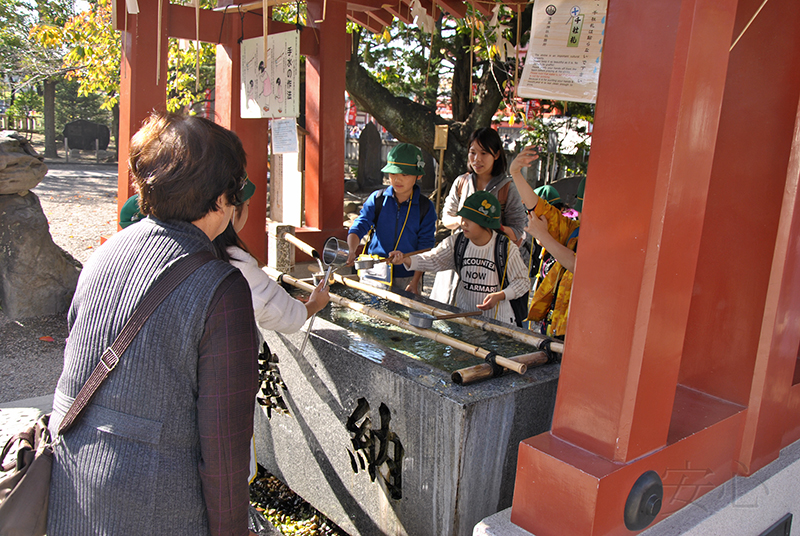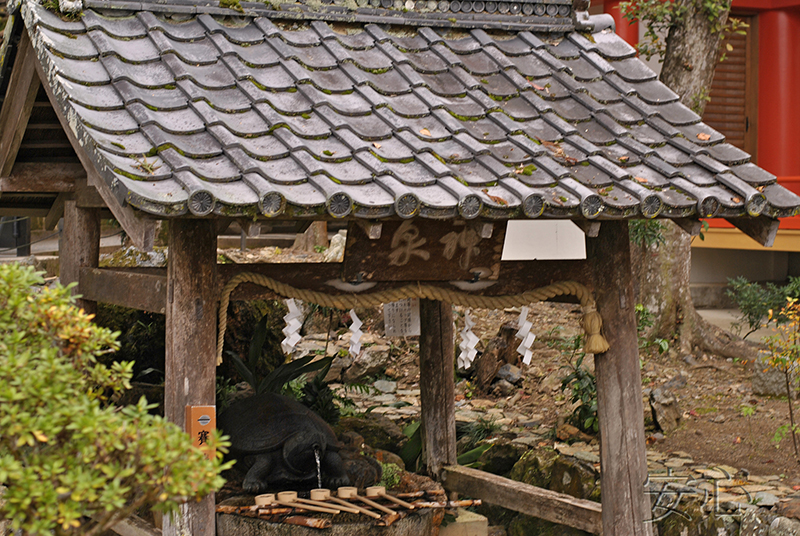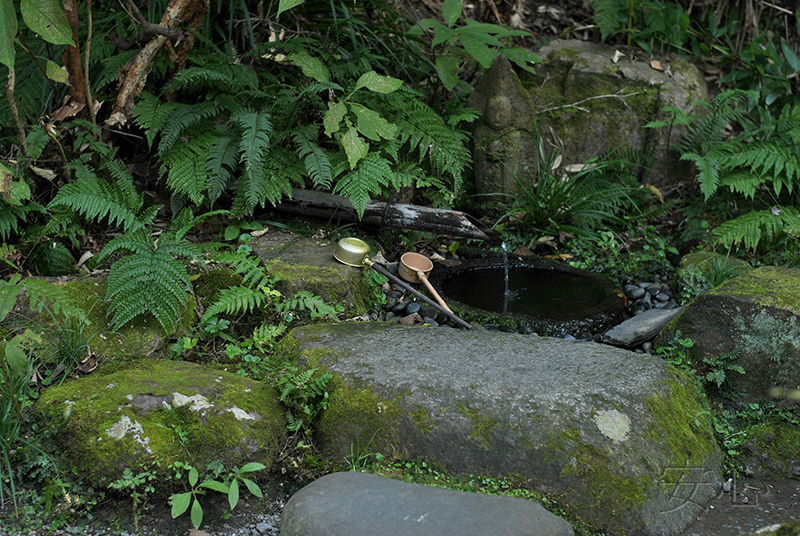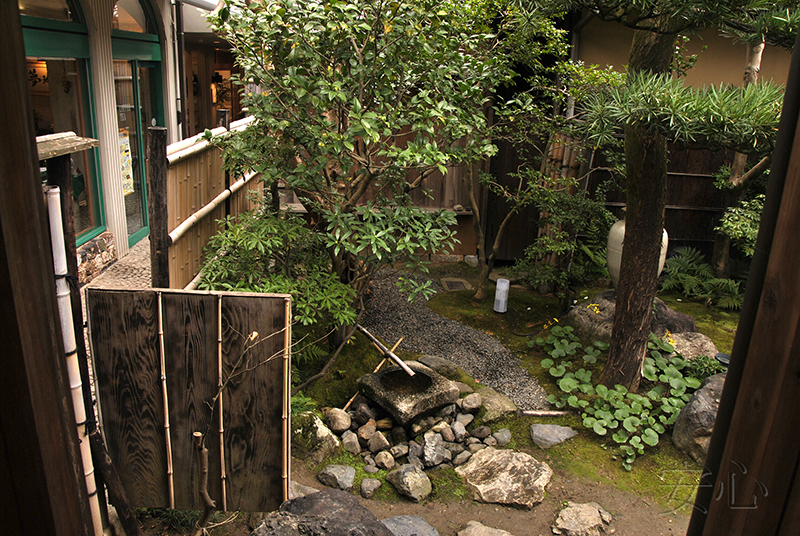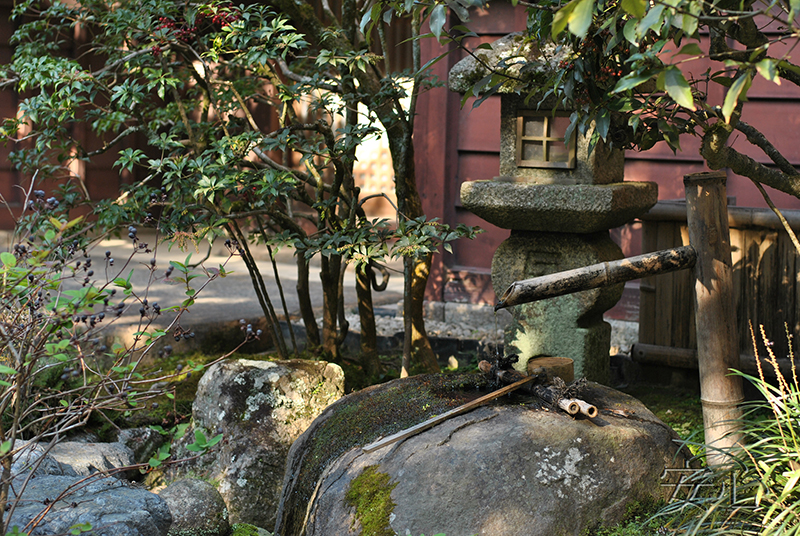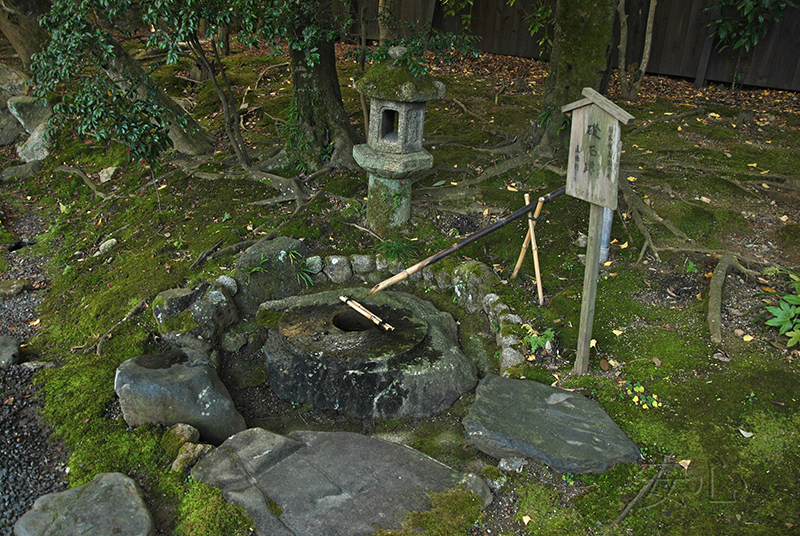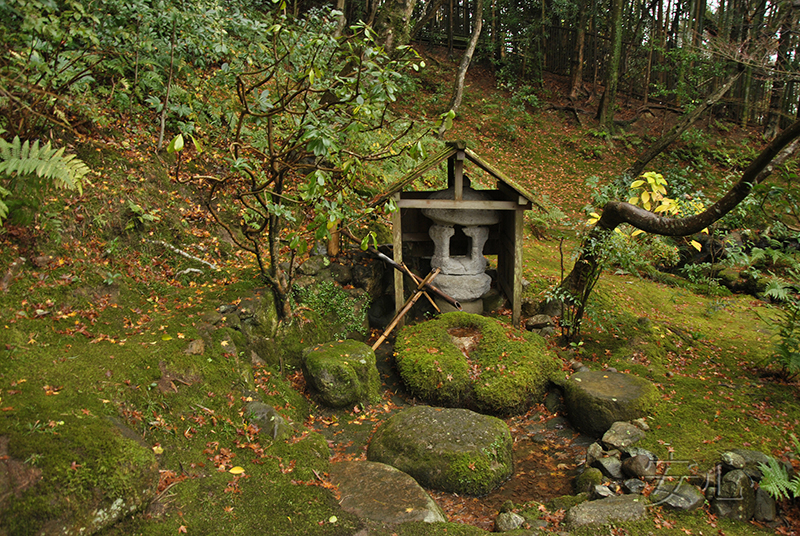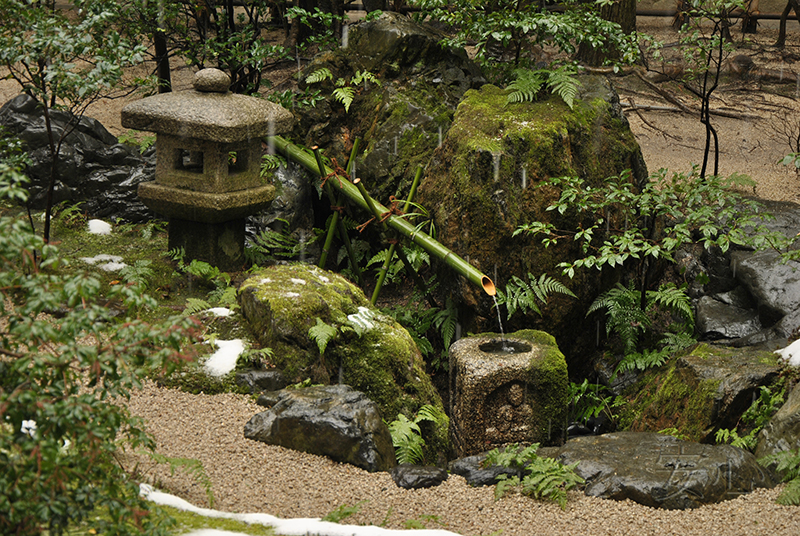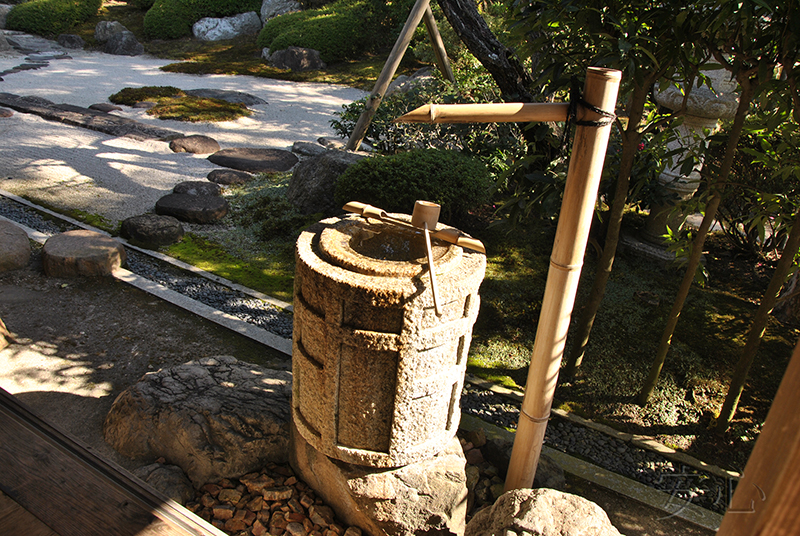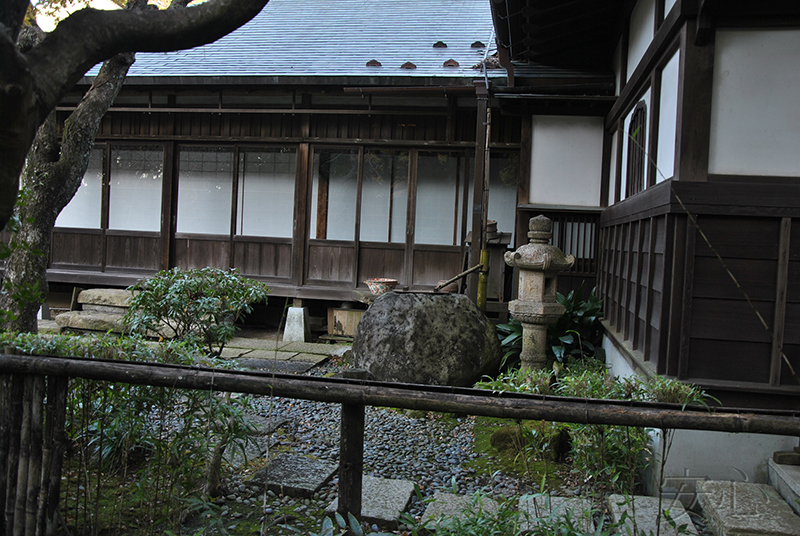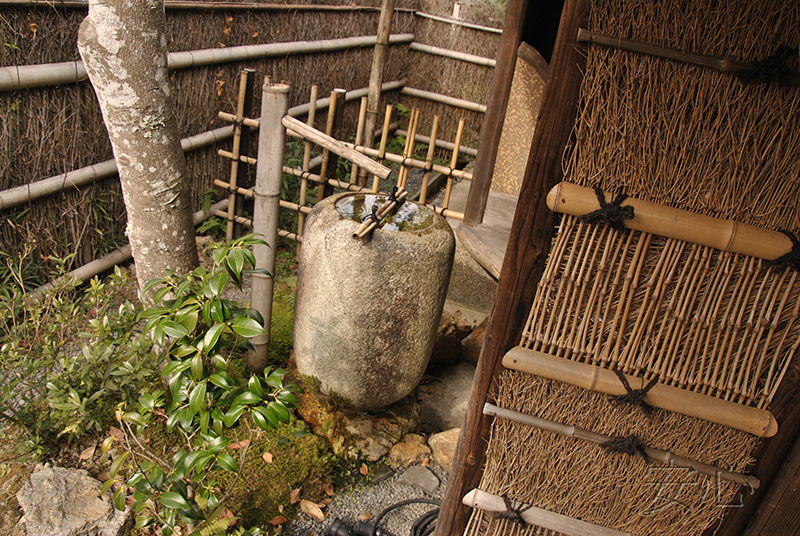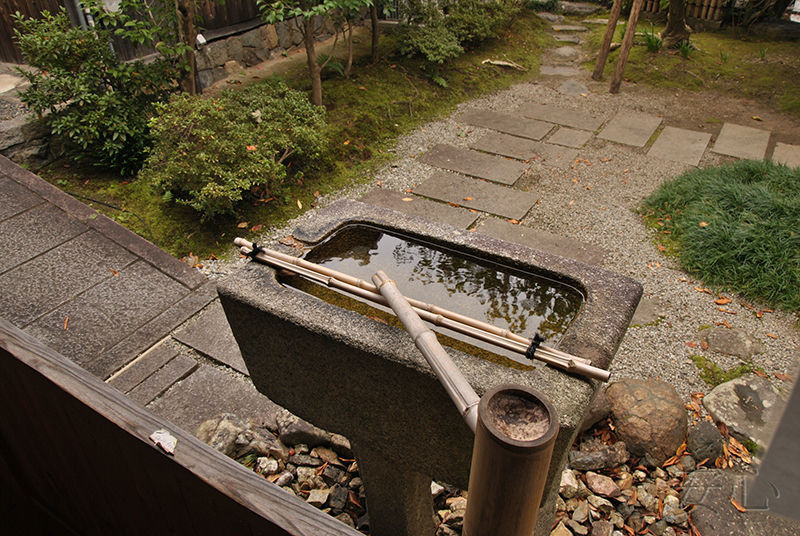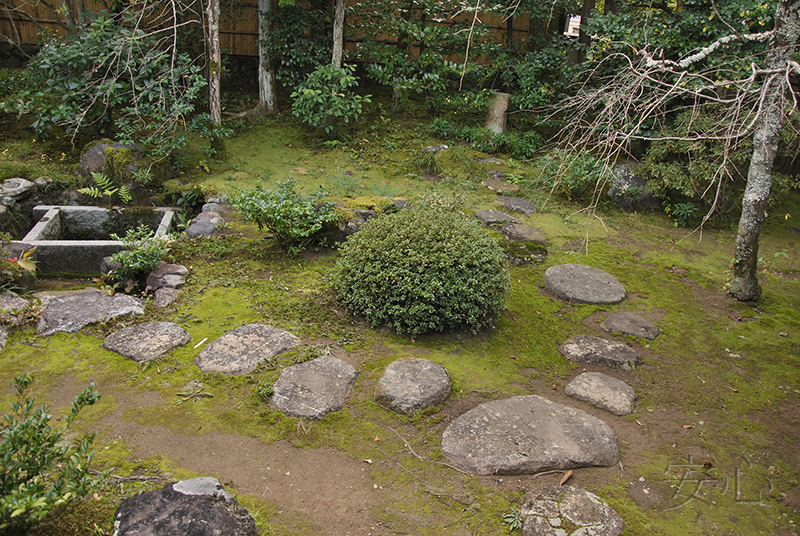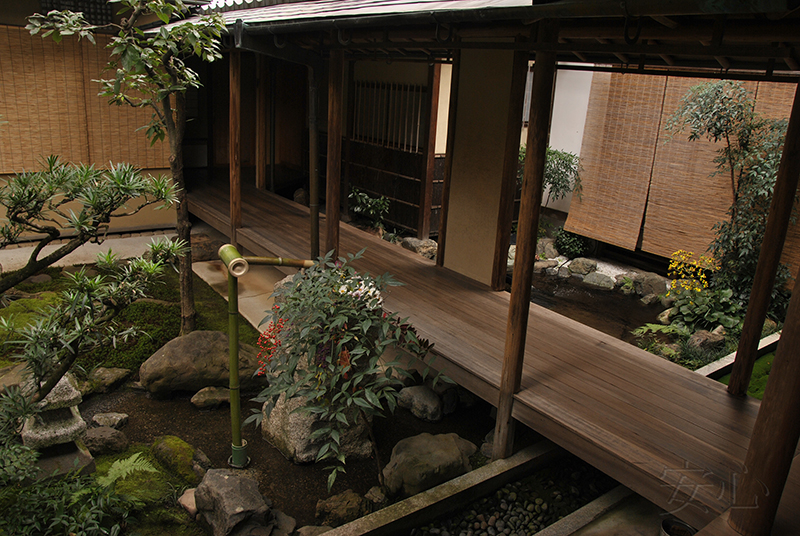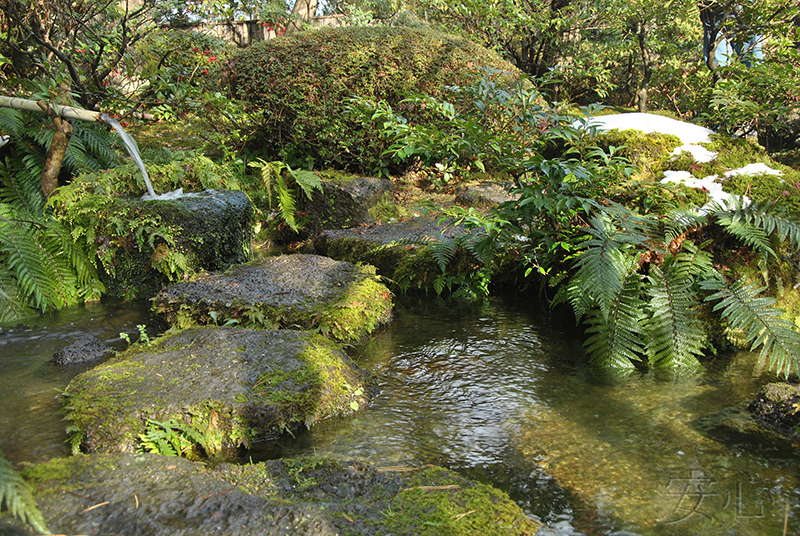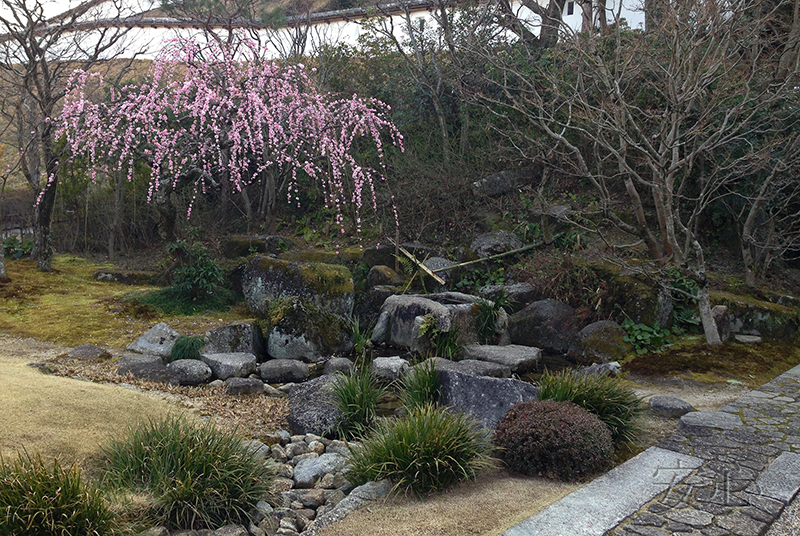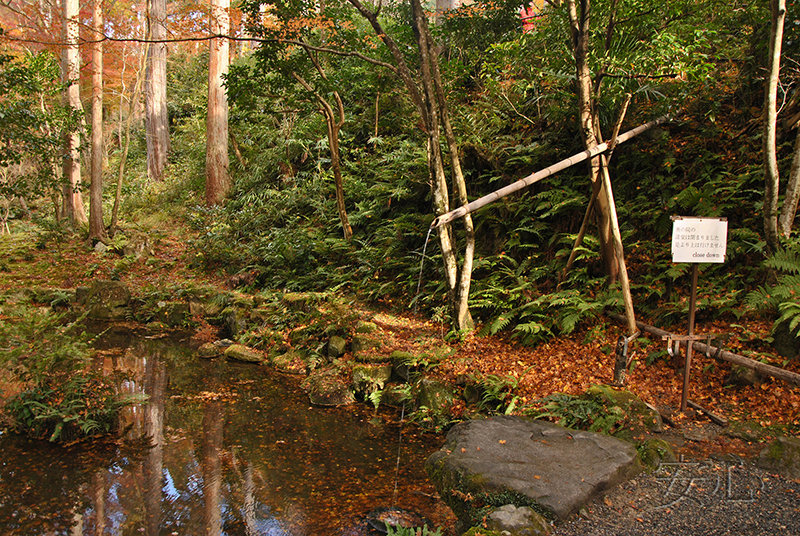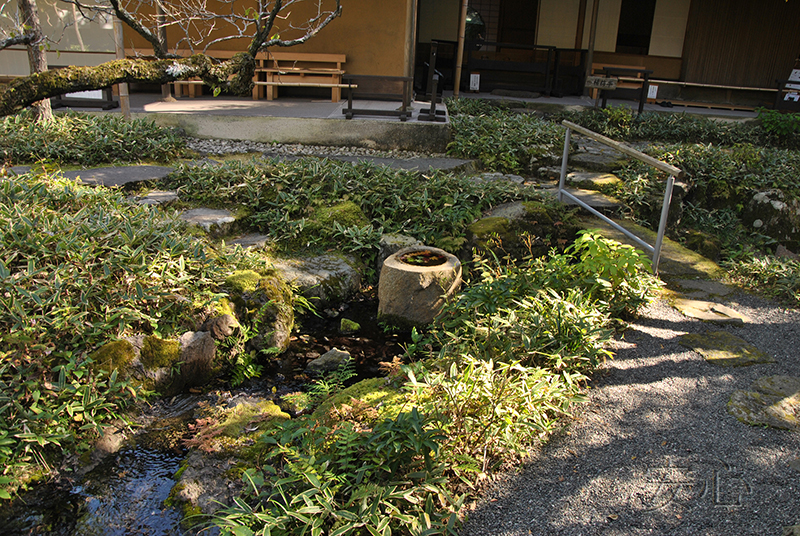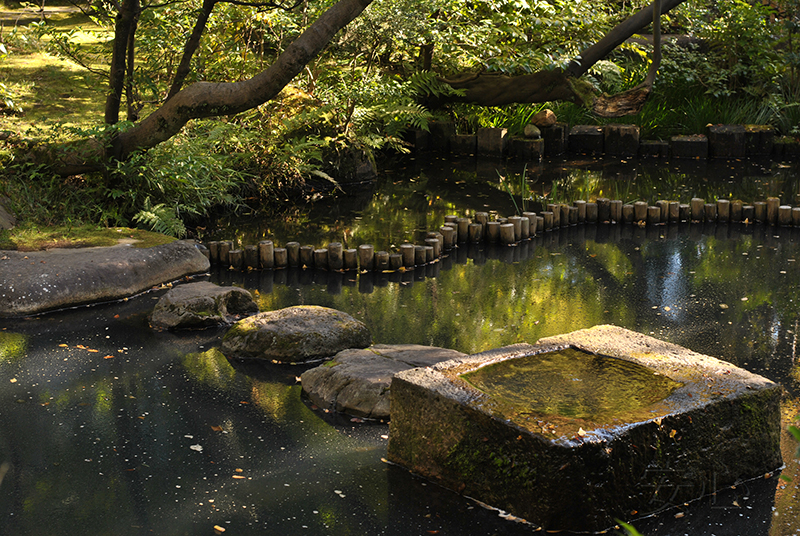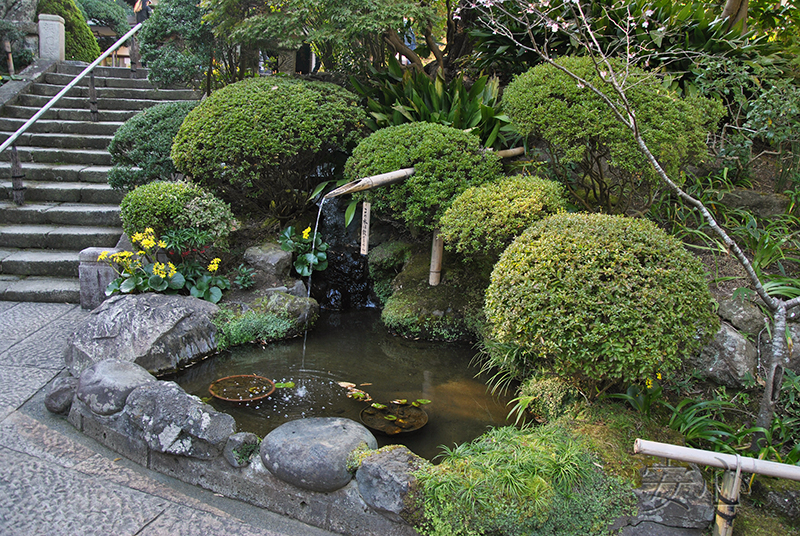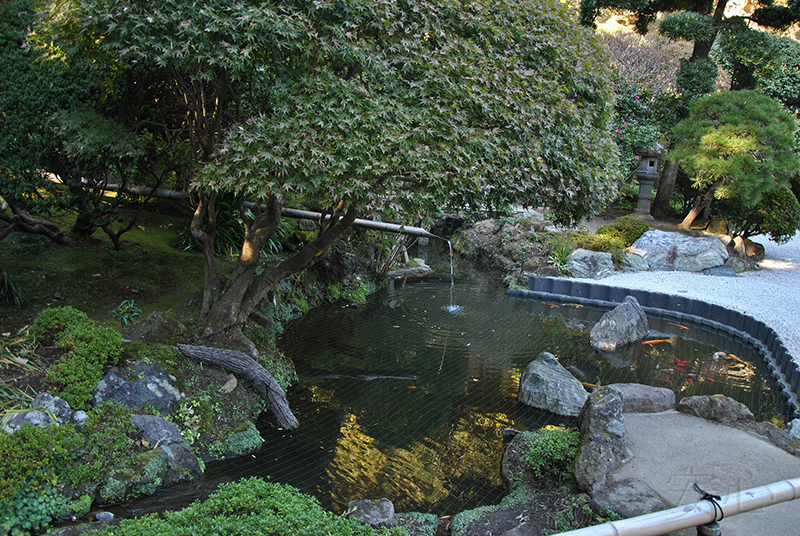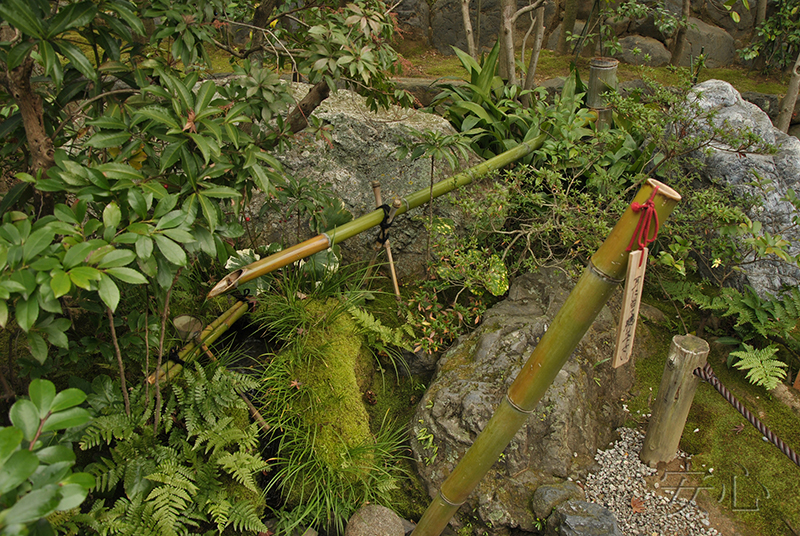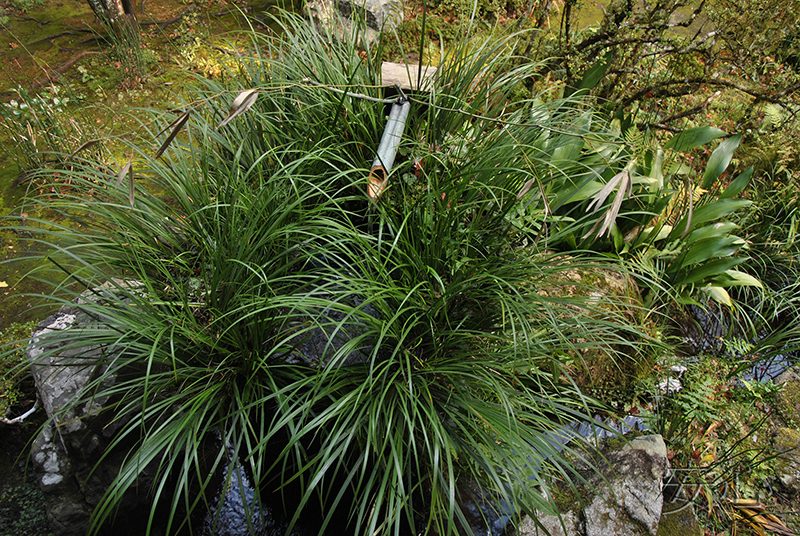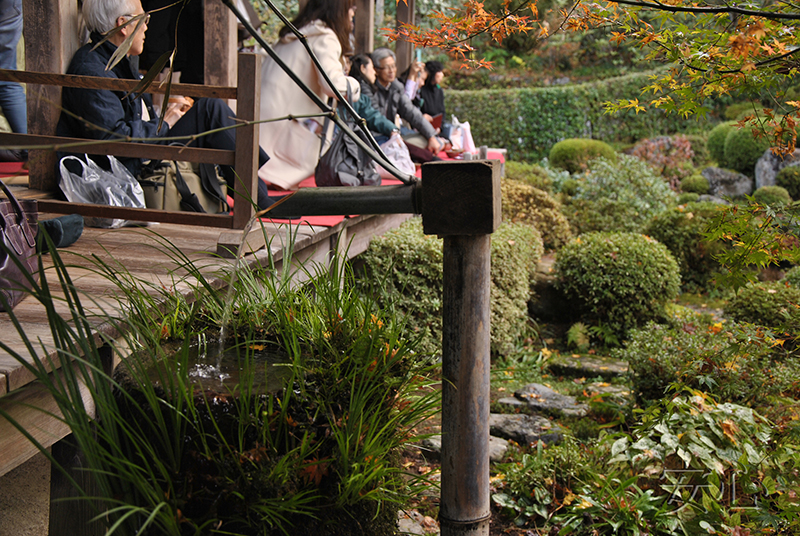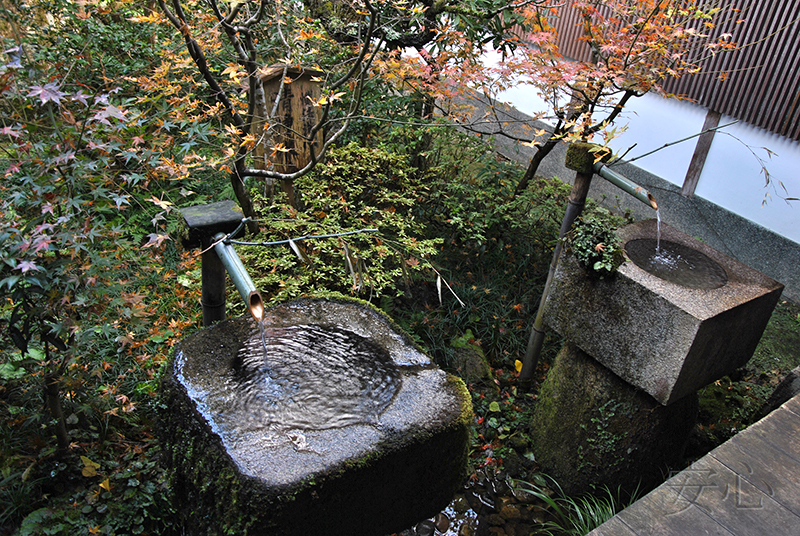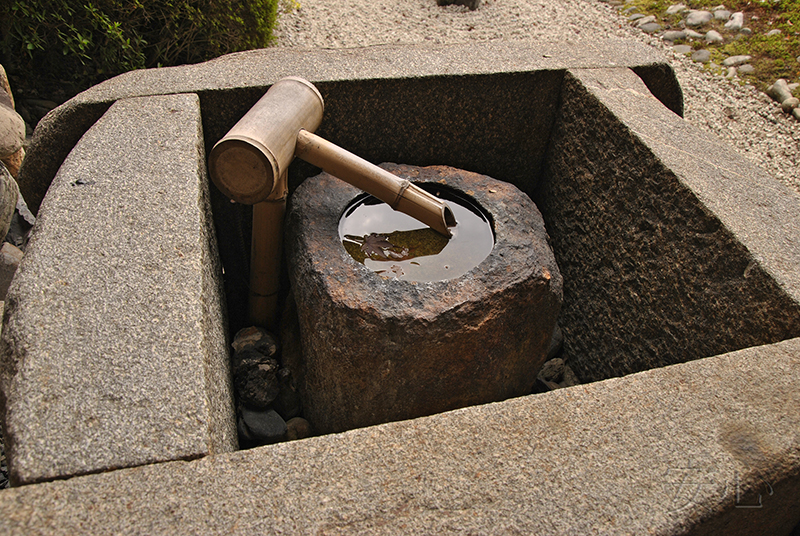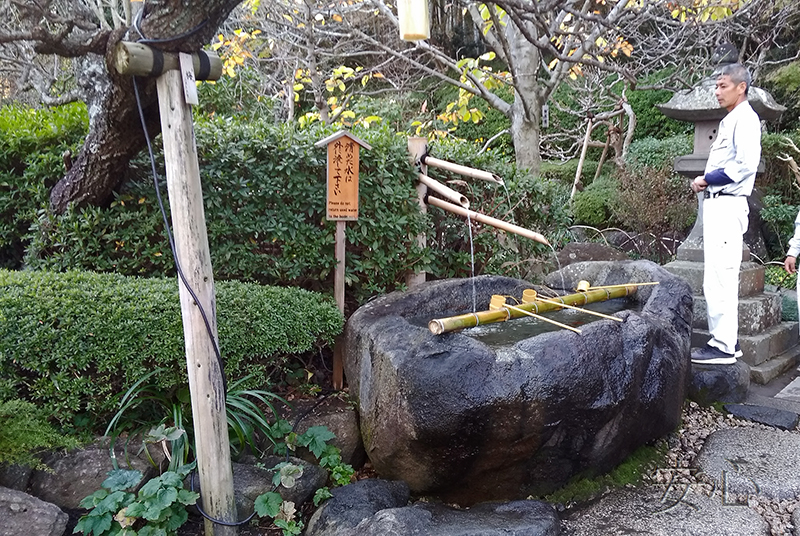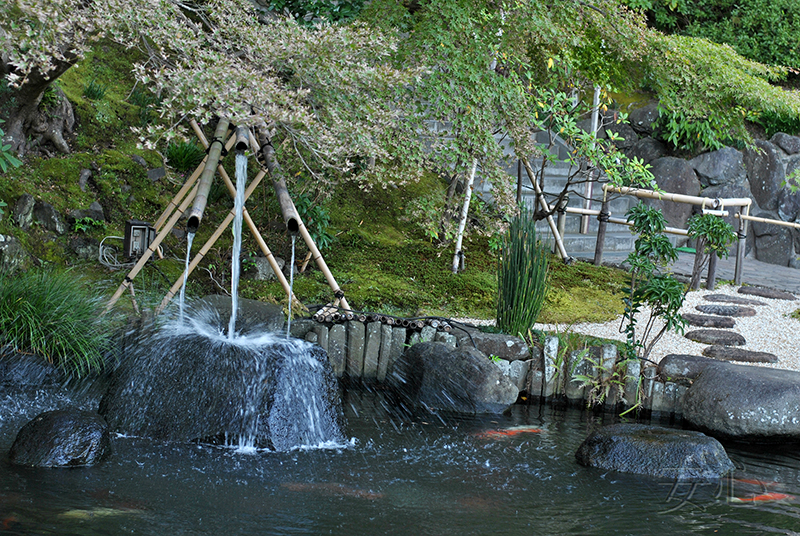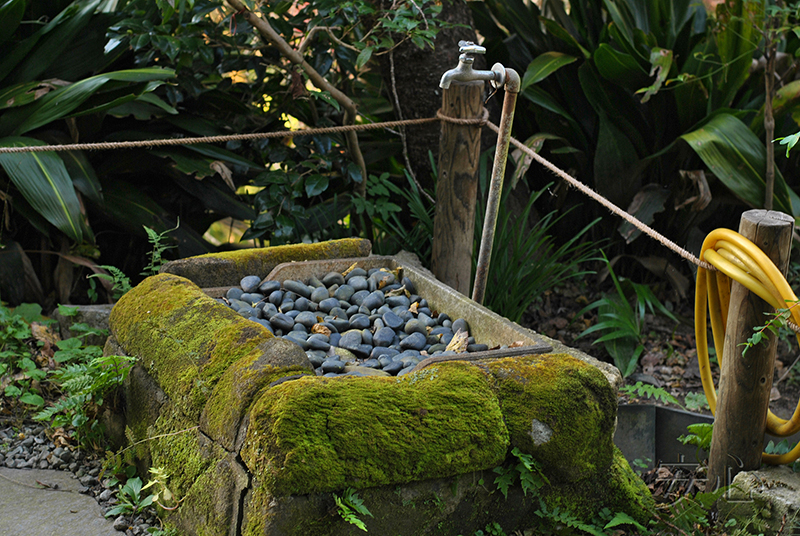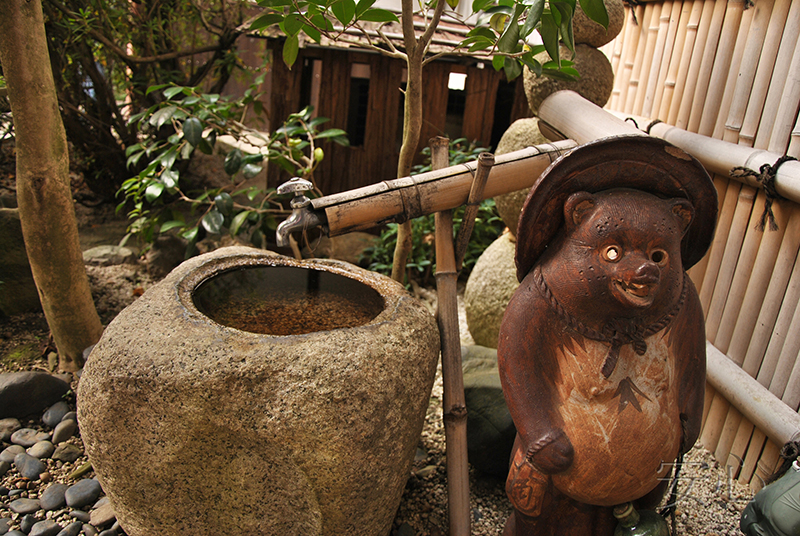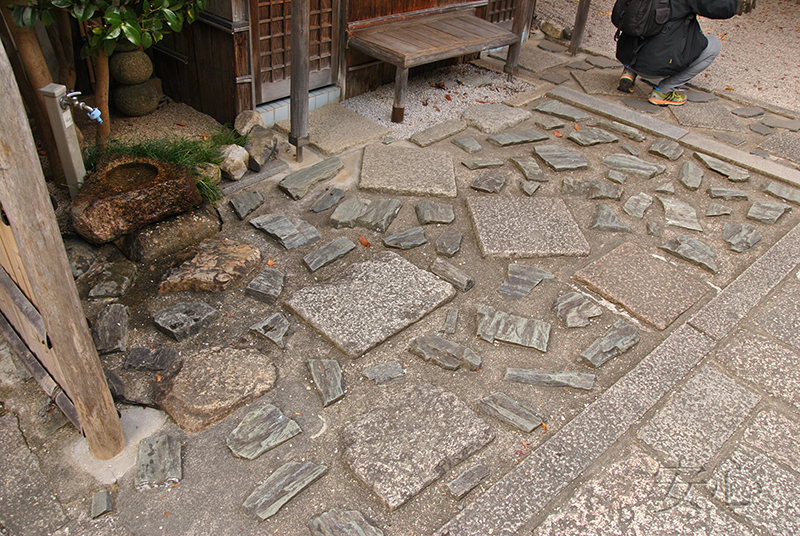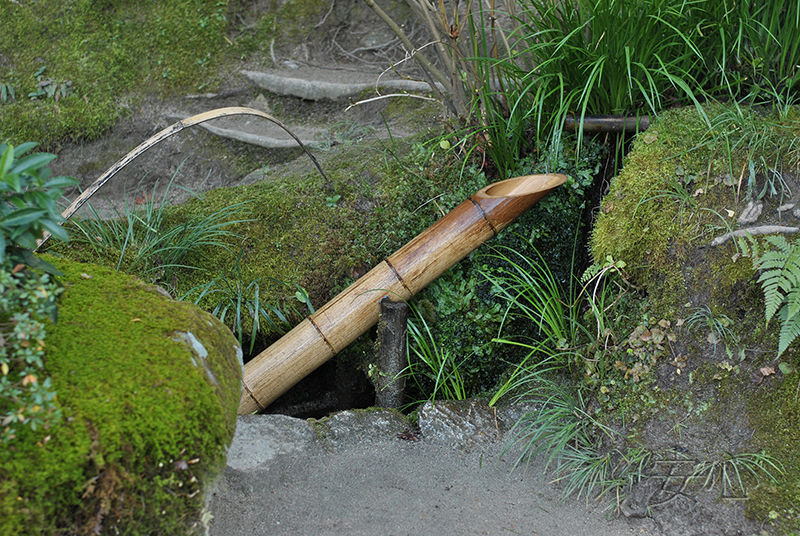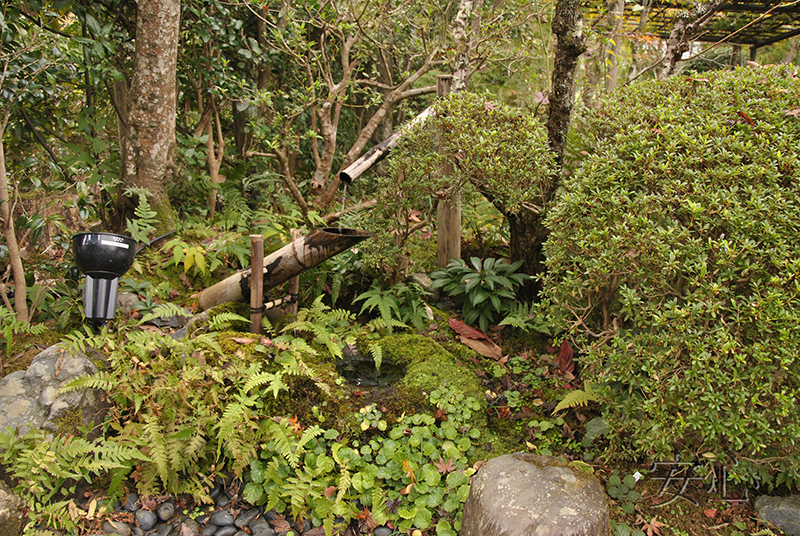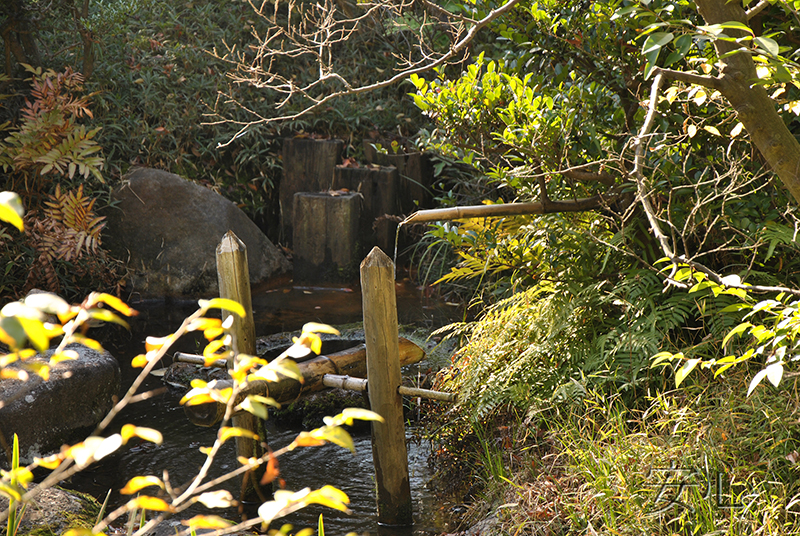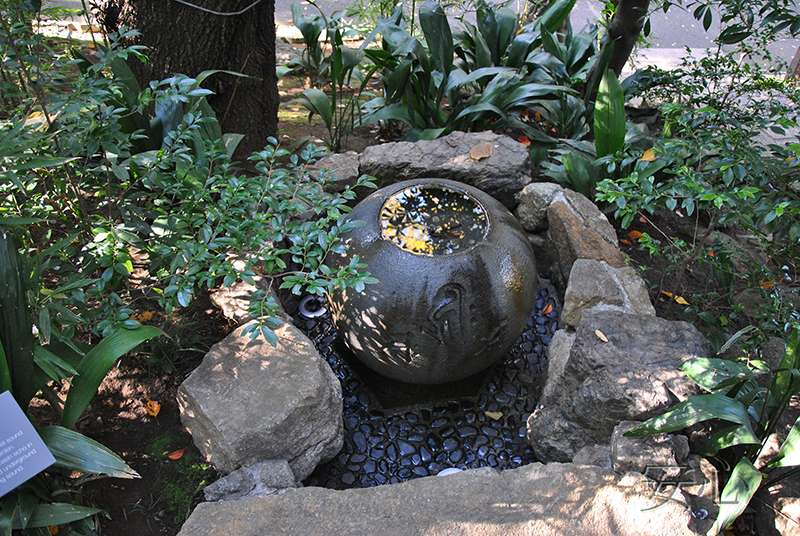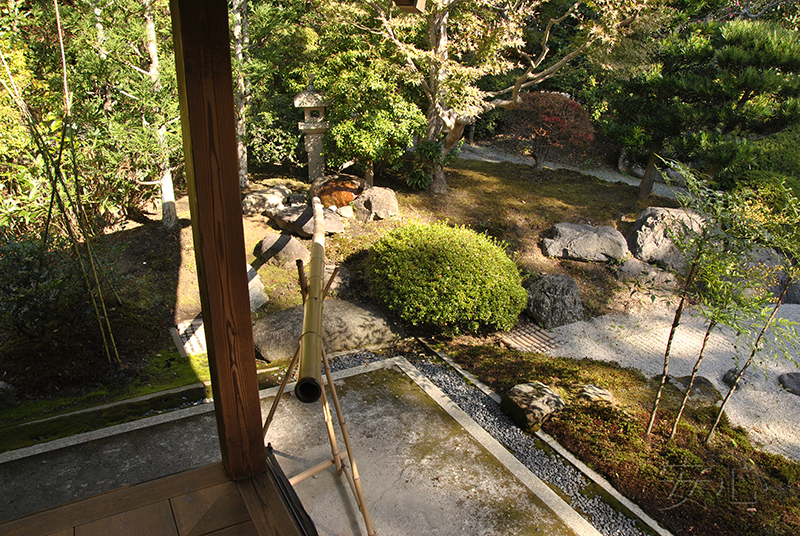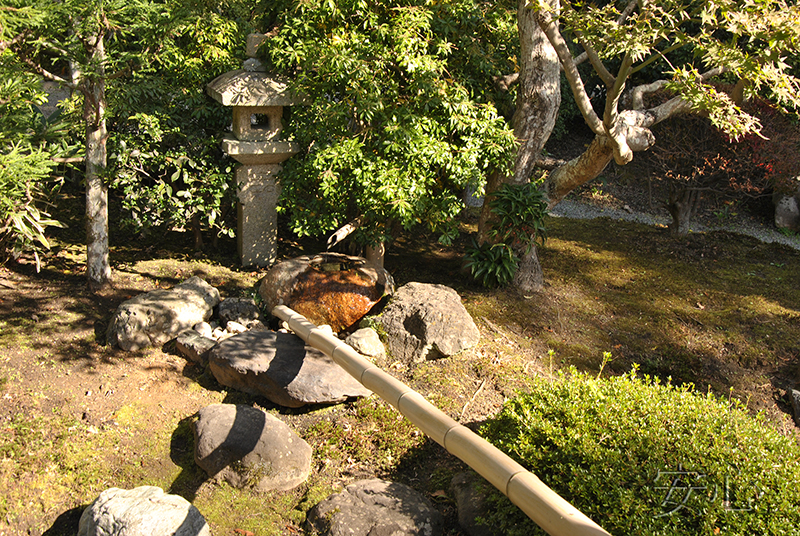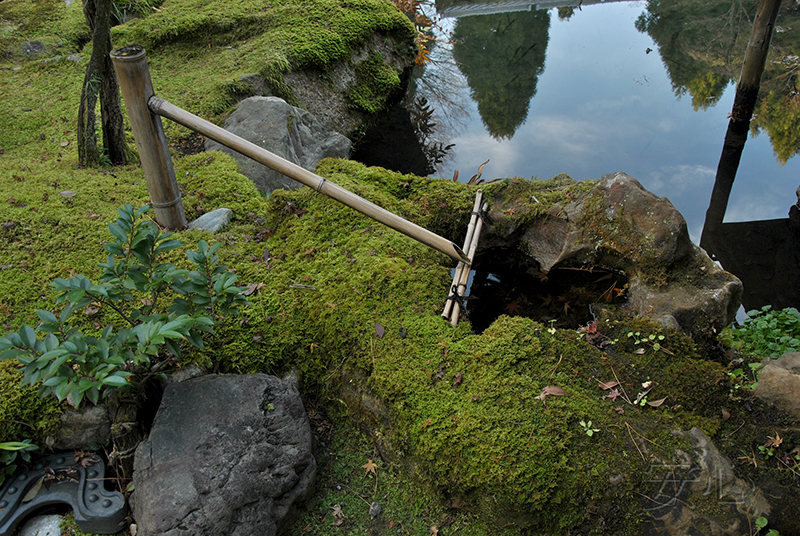
Water devices in Japanese gardens
Water devices are quite common in Japanese gardens, many of them we know very well. However, is it appropriate to use them in our gardens? What do we need to know so that this or that water device does not look out of place? Where and how to install water devices correctly?
First of all, tsukubai is not just a bowl of water, which is often mistakenly called so. The bowl is called chozubachi. A tsukubai consists of this bowl, a bamboo chute through which water flows, and three stones. On the right there is a stone for hot water, what is added when the water gets too cold. On the left is a stone for a lamp used at night. Right in front of the bowl there is a stone on which visitors stand. Between the stones is the so-called "sea", where the water flows. Most often it is made from large beautiful pebbles.
Tsukubai belongs to tea gardens that appeared in Japan in the 16th century. The water in it is intended for ritual washing before the start of the tea ceremony. The origins of the ritual of washing are rooted in Shintoism. Initially, before visiting the sanctuary, pilgrims had to wash their bodies completely in a river or other source. Then, largely due to the pollution of the rivers, the ceremony was simplified, and temizuya with clean water was placed in front of the temple for washing the hands and mouth.
Ablution must be performed in a certain sequence. First, holding a scoop in your right hand, you need to rinse your left hand, then with left hand you have to wash right hand. After that, you need to pour water from the scoop into your left hand and rinse your mouth. And at the end, again to rinse the left hand. Once we caught a moment when the kids were being taught this ritual.
Near the temizuya you can often see various mythical animals (dragons, turtles, frogs) guarding it. In this case, they also need to be washed with water.
Later, the temizuya moved to Buddhist temples. And in the 16th century they gained special importance in tea ceremonies. Each guest, approaching the bowl, had to bend over (these bowls are usually low), scoop up water with a scoop and rinse his hands. Usually the chozubachi was set low enough that each participant of the ceremony had to bend over it. The word "tsukubai"literally means "squatting". This is an expression of humility.
Then, the guest, again scooping up water, should wash his mouth and face. Before handing over the scoop to another participant of the tea ceremony, the water must be drained along the handle of the scoop by tilting it in a special way.
A lantern occupies an important place in the tsukubai of tea gardens. You cannot set here just anyone, it is better to use the Oribe lantern, named after the leading tea master of the 16th century Furuta Oribe. At that time, Christians were persecuted in Japan, and he secretly carved a crucifix into the base of the lantern. Thus, everyone who approached the bowl and bent down, with or without knowing it, worshiped Christ.
In the garden of Yoshiki-en, we met a broken lantern, the Japanese carefully built a roof over it. Maybe, it is of historical value, and it was protected from further damage before repair.
Thus, if you decide to make a cha-no-yu-style tea garden, tsukubai will not only be appropriate, but also required. And you need to install it according to all the rules, with all the necessary elements.
But many people make the mistake of believing that this type of garden limits the use of tsukubai. They continue to insist on the correct location, on the mandatory installation of a lantern abd surrounding stones. However, if you visit Japan, you will see for yourself that there are many tsukubai options. And not everywhere there are lanterns, not everywhere are the necessary stones, and the place of installation is sometimes surprising. What's the matter?
The fact is that already from the 17th century, the classic tea garden began to change. These changes were closely related to political, social and economic changes in the country. First of all, this was facilitated by a wave of emigration from China, mainly refugees from the Chinese elite. In Japan itself, the regime of the Tokugawa shogunate is strengthening. The classical tea ceremony (cha-no-yu), which denied class distinctions, is already seen as a threat to the new order. The new elite don't wants any more to crawl into the teahouse through a small door along with the commoners, they also don't want to sit in a dark suffocating room. Samurai are becoming a thing of the past, new strata of society appear, educated aristocrats, merchants, industrialists. It becomes uncomfortable for them to bend over to the low bowl. And large chozubachi appear, which are adjusted to the height of the veranda. Now, it is not rituals and observance of canons that come to the fore, but the beauty of the stone, garden, nature.
The purpose of the ceremonies is also changing. If earlier the main thing was to create a certain atmosphere, switch thoughts and feelings to the spiritual, detachment from the mortal world, then in the new Sencha tea ceremony there was no need to observe rituals. The brewing of the drink itself becomes the main thing. Tea is used not powder, but leaf. But the quality of the water used for tea comes to the fore. And the best water, as you know, comes from mountain springs. Mountain streams and waterfalls with clear water for tea drinking appear in the gardens. And in such streams you can often see tsukubai! It turns out that there was once a philosopher, poet and historian in Japan, Rai San'yo. And he had no water source in the garden, but there was a river outside the garden. Then he dug a well in the form of a bowl, so that the mirror of water was at the level of the surface of the river. As a result, the water did not come from a well (it is believed that such water is of the inferior quality), but from a mountain river. Since Rai San'yo was an authoritative person, other aristocrats also began to install bowls in their streams. This well-bowl in Kamigamo Nishimura's garden is very similar to the one in Raya San'yo's garden.
That is, tsukubai in sencha gardens is not for ritual bathing, as in classical tea gardens, it is a well, a source of pure water for sencha tea ceremonies. And you need to install it near the stream, preferably in the stream itself.
Sometimes the bowl is almost invisible, it is completely hidden under water.
It happens that there is a bowl in the stream, but there is no bamboo at all.
But it also happens the other way around, water pours from a bamboo gutter, but there is no bowl.
Sometimes we met quite unusual tsukubai in Japan. For example, bowls, half and sometimes completely overgrown with grass.
And here is not only grass but also bamboo with a twig. Probably to emphasize the naturalness of both the garden itself (Sanzen-in) and the tsukubai.
There are two more tsukubai in the same garden, both of them with branches.
In Komyo-in Garden (Kyoto), the water device is in a stone well, and the bamboo chute is submerged in water.
In the Hasedera temple we saw water devices with three bamboo chutes.
And, of course, modern water pipes stylized as tsukubai are of particular interest. Why don't we do that too? ))
The next water device that can be found in Japanese gardens is the shishi-odoshi. It is literaly means "scarecrow for the boars." And initially it was used for such a purpose, since these animals often approached housing and spoiled the plantings. Moreover, these devices were installed not only in private gardens, but also in temple gardens. Over time, shishi-odoshi lost its purely utilitarian meaning. They began to install it in gardens for beauty and to create a certain atmosphere. The rhythmic sound of bamboo hitting a stone contributes to a special philosophical mood. So, for example, Nitschke in his book "Japanese Gardens" points out the association with the Zen statement: "Not the stillness in stillness, but the stillness in movement is the real stillness".
Unlike tsukubai, shishi-odoshi is rarely can be found near home. At least I have never seen it. Don't place this water device together with tsukubai. It is also inappropriate in the stone gardens. So where can you put shishi-odoshi? The best way is to place it in thickets of plants or in streams.
And the last water device worth mentioning is suikinkutsu. It was originally an element of drainage next to the washbasin. But then the beauty of the sound was discovered by gardeners and they began to use the device in gardens. It is believed that suikinkutsu was in Kobori Enshu's private garden. However, this water device was not always popular. At the end of the Edo period, suikinkutsu was practically forgotten. Then, during the Meiji period, it became popular again, until the beginning of the twentieth century, when suikinkutsu was again forgotten. But already in the second half of the twentieth century, these water devices began to be restored and created in gardens again.
However, suikinkutsu is rarely can be seen in gardens. Although, there is a chance not to understand that you see it, because outwardly these devices are very similar to tsukubai, only they are more complicated. There is an inverted jug (or other container) under ground with a small hole at the top. The jug itself stands in another container, which maintains a small water level below. Water goes drop by drop through the hole and falls into the water. The sound of a falling drop is reflected by the walls of the jug.
The sound has paramount importance in this water device. It is quiet, unobtrusive, somewhat vaguely reminiscent of the chime of metal sticks in a Chinese device, which we know as "wind chime". Only it is much richer, more varied and interesting, in my opinion. Here you can listen to how it sounds in the garden of the Nezu Museum in Tokyo.
The sound of suikinkutsu is so subtle and delicate that often visitors are invited to listen to it through a special tube. We saw such a device in the garden of Jomyo-ji Temple.
Summing up, I can say that all three devices may be used in our Japanese gardens. But before you install a tsukubai, shishi-odoshi or suikinkutsu, you need to decide what type of garden you want to create (or you have), its purpose, and only after that you can look for the right place for a water device.
anshin©2011All rights reserved. When using the materials of the site, reference is obligatory.
Proposals for co-operation, as well as comments and suggestions on the site please send to the address: anshinsad@gmail.comtel: +7 (965) 121-80-60, 10am-20pm
